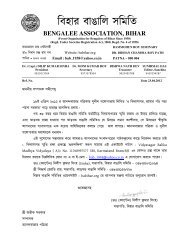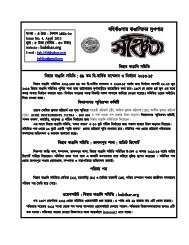Bengali Report - Bengalee Association Bihar
Bengali Report - Bengalee Association Bihar
Bengali Report - Bengalee Association Bihar
You also want an ePaper? Increase the reach of your titles
YUMPU automatically turns print PDFs into web optimized ePapers that Google loves.
than 3 percent) and so is their tendency to mortgage land for obtaining loans (less<br />
than 4 percent). In contrast, the practice of leasing out land is much wider in both<br />
West Champaran (19.4 percent) and East Champaran (38.0 percent). It was also<br />
found out during the field work that these leasing practices are generally within the<br />
<strong>Bengali</strong> population. It appears that <strong>Bengali</strong> households in these two districts with<br />
relatively more amount of land lease out part of their holdings to other <strong>Bengali</strong><br />
households which are either landless or have very limited amount of land for self-<br />
cultivation. It is not the usual type of tenancy where households with large account<br />
of land lease out part of their holdings to small or medium farmers. It also appears<br />
that, for various reasons, the income from agriculture for the <strong>Bengali</strong> households is<br />
rather limited and, consequently, they often have to mortgage their land for<br />
obtaining loans. The proportion of households mortgaging land was as high as 23.5<br />
percent in West Champaran; in East Champaran it was lower at 9.6 percent.<br />
Table 9 : Leasing Out and Mortgaging of Land by Landowning Households<br />
Districts<br />
Percentage of<br />
Landowning Households<br />
Leasing<br />
out land<br />
17<br />
Mortgaging<br />
land<br />
Purnea 1.2 3.7<br />
Katihar 2.7 0.1<br />
West Champaran 19.4 23.5<br />
East Champaran 38.0 9.6<br />
All Districts 21.8 17.5<br />
Note : Bhagalpur is excluded from the table, since it had all urban households<br />
Taking into account all the sources of income, either agricultural or non-agricultural,<br />
the overall economic status of the <strong>Bengali</strong> households seems to be rather low<br />
(Table 10). More than half (56.6 percent) of the <strong>Bengali</strong> households had reported


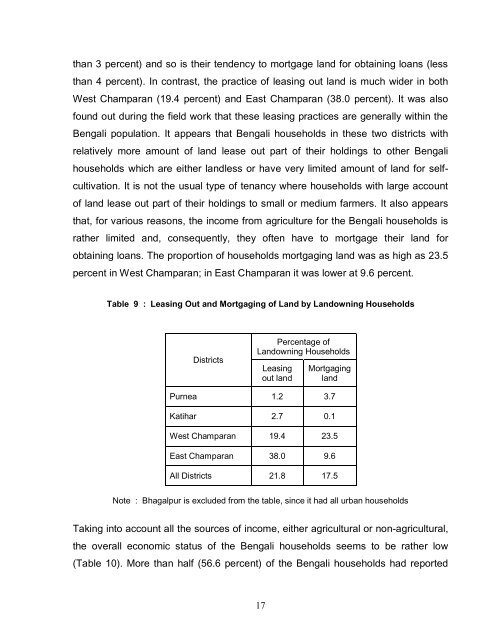

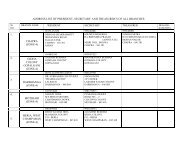
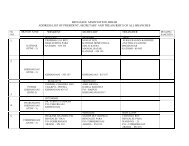
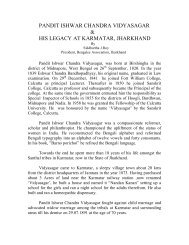
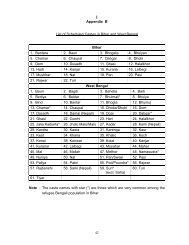
![nandan kanan[1] - Bengalee Association Bihar](https://img.yumpu.com/17028545/1/190x245/nandan-kanan1-bengalee-association-bihar.jpg?quality=85)
